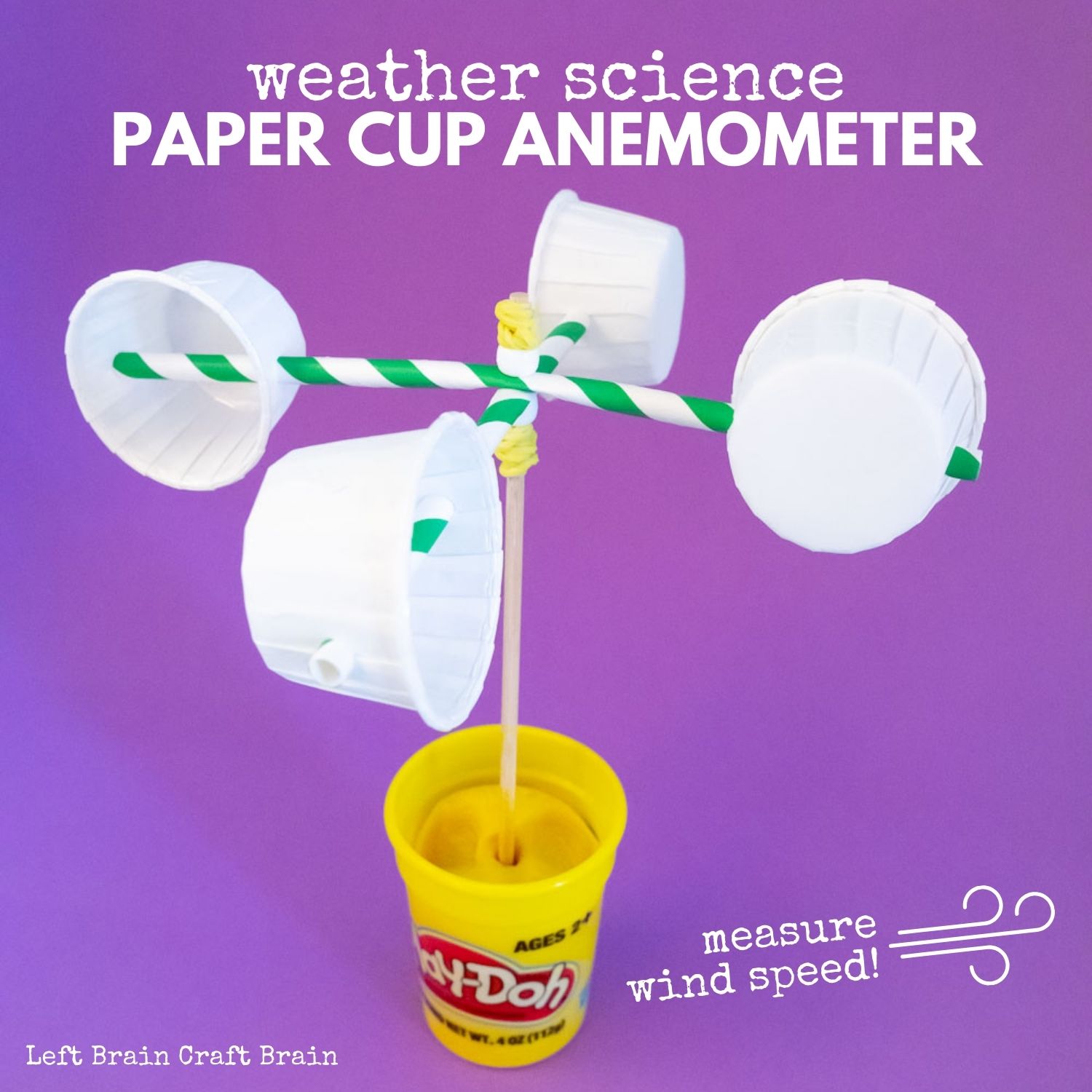Anemometer Innovations: The Most Recent Innovation for Wind Speed Dimension
Anemometer Innovations: The Most Recent Innovation for Wind Speed Dimension
Blog Article
Anemometers Introduced: Understanding Their Importance in Environmental Monitoring and Safety Measures
The function of anemometers in environmental monitoring and precaution is often ignored, yet their importance is undeniable. These tools have a long history rooted in scientific inquiry and technical innovations, advancing to end up being vital tools in various areas. From weather forecasting to air travel security, anemometers play an important role in providing exact data that notifies decision-making processes and boosts general safety. Understanding the details of anemometers unveils a globe of vital understandings that are basic to our understanding of the atmosphere and the measures we require to guarantee safety and security.
Background of Anemometers
The development of anemometers can be traced back to the ancient human beings where fundamental wind gauging tools were initial made use of. One of the earliest well-known anemometers was the hemispherical cup anemometer designed by Leon Battista Alberti in the 15th century.
Over the years, improvements in technology led to the advancement of even more modern-day anemometers, consisting of ultrasonic anemometers and laser Doppler anemometers, providing increased accuracy and performance in determining wind speed and direction. The history of anemometers showcases a remarkable journey of technology and development in the area of weather forecasting.
Sorts Of Anemometers
Throughout the area of meteorology, various types of anemometers have actually been established to precisely gauge wind rate and instructions. Sonic anemometers use ultrasonic signals to measure wind rate and instructions properly. Hot-wire anemometers operate based on the concept that the cooling impact of wind on a warmed cable is symmetrical to the wind rate.
Applications in Weather Forecasting
Having reviewed the various kinds of anemometers utilized in meteorology for determining wind speed and direction, it is necessary to discover their functional applications in the area. Anemometers play a vital role in meteorology by offering real-time and exact data on wind problems (anemometer). Meteorologists utilize anemometers to keep an eye on wind speed and instructions to anticipate climate patterns, concern cautions for extreme weather events like twisters, cyclones, and storms, and assess weather for aviation security
In meteorology, anemometers help in comprehending neighborhood and regional wind patterns, which are essential for forecasting weather adjustments and establishing climatic fads. These devices are likewise made use of in study to study microclimates, city warmth islands, and air contamination diffusion. Furthermore, anemometers are employed in agriculture to enhance plant management techniques, such as irrigation and chemical application, based upon wind problems.
Significance in Air Travel Security
An integral element of guaranteeing aviation safety exists in the precise surveillance of wind conditions utilizing anemometers. Anemometers play a crucial duty in air travel by giving real-time information on wind rate and direction, assisting pilots in making notified choices throughout take-off, trip, visit the website and landing. Strong and unforeseeable winds can dramatically influence airplane procedures, making it necessary for aeronautics authorities to rely on exact wind dimensions to make sure the security of travelers and team.

In the vibrant atmosphere of aeronautics, where also small changes in wind rate and instructions can have profound effects, anemometers stand as crucial tools for advertising safe and secure and safe flight.
Function in Environmental Research
Exactly how do anemometers add to developments in ecological research? Anemometers play a vital role in environmental study by offering essential data on wind rate and instructions. This info is vital for recognizing various atmospheric procedures, such as air pollution dispersion, climate patterns, and climate adjustment. By accurately determining wind features, anemometers aid scientists examine the motion of pollutants in the air, evaluate the impact of industrial emissions, and predict the spread of impurities in the setting.


Conclusion
In final thought, anemometers have actually played an important function in ecological surveillance and precaution. With a rich history and different kinds readily available, these gadgets have actually been widely used in meteorology, air travel safety and security, and ecological research study. you could try this out Comprehending the significance of anemometers is vital for properly measuring wind rate and direction, which is crucial for anticipating climate patterns, ensuring secure aeronautics procedures, and carrying out ecological studies - anemometer. Their contributions to these fields can not be underestimated.
One of the earliest well-known anemometers was the hemispherical cup anemometer created by Leon Battista Alberti in the 15th century. Over the years, improvements in innovation led to the growth of even more modern anemometers, consisting of ultrasonic anemometers and laser Doppler anemometers, using increased accuracy and efficiency in gauging wind rate and direction. Hot-wire anemometers run based on the principle that the cooling effect of wind on a warmed cord is proportional to the wind speed. Meteorologists use anemometers to keep an eye on wind speed and instructions to forecast climate patterns, concern cautions for extreme weather condition occasions like hurricanes, twisters, and storms, and examine atmospheric problems for aeronautics safety and security.
Comprehending the importance of anemometers is essential for precisely determining wind speed and instructions, which is essential for predicting climate patterns, guaranteeing secure air travel operations, and performing ecological research studies. (anemometer)
Report this page